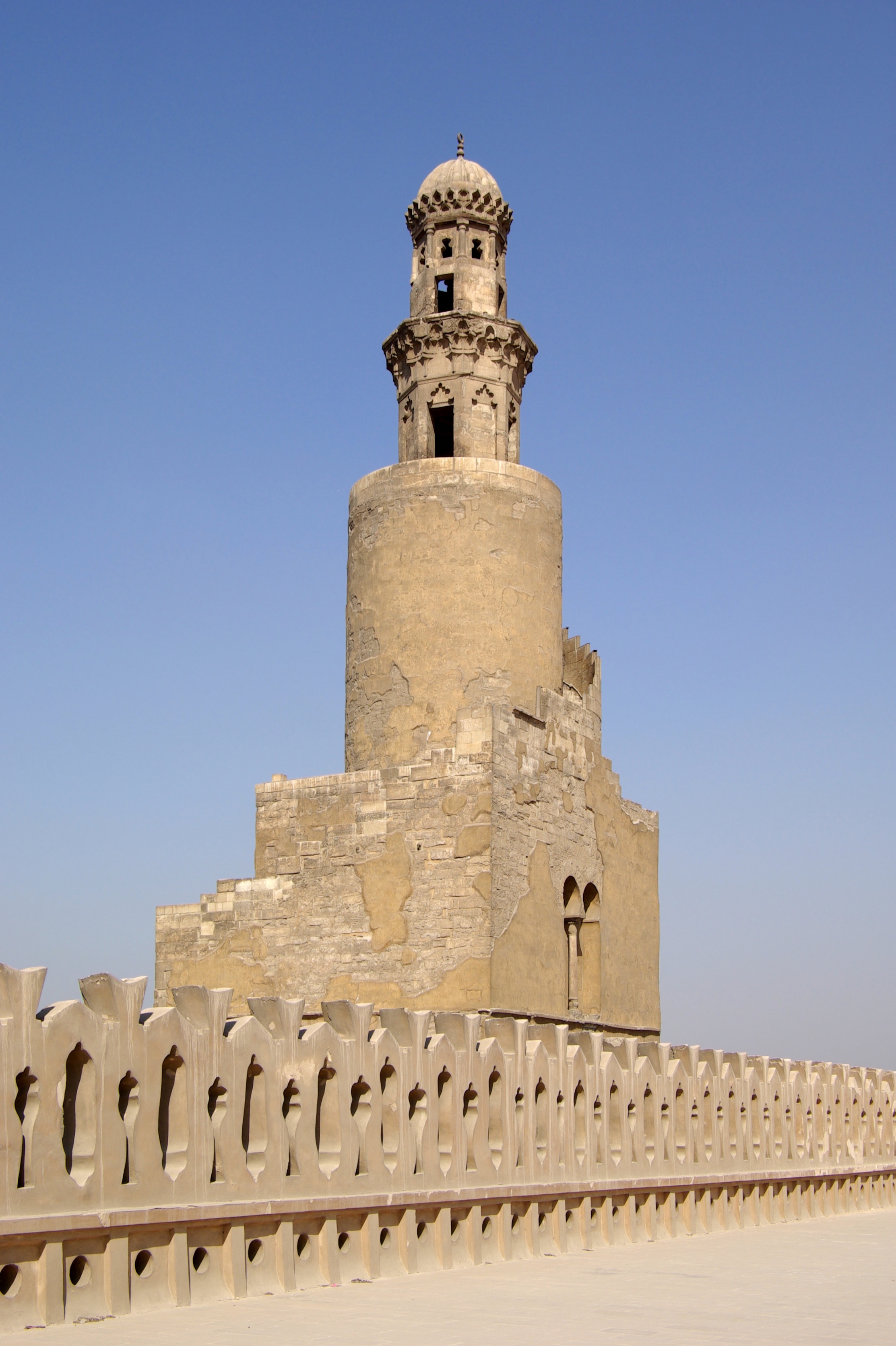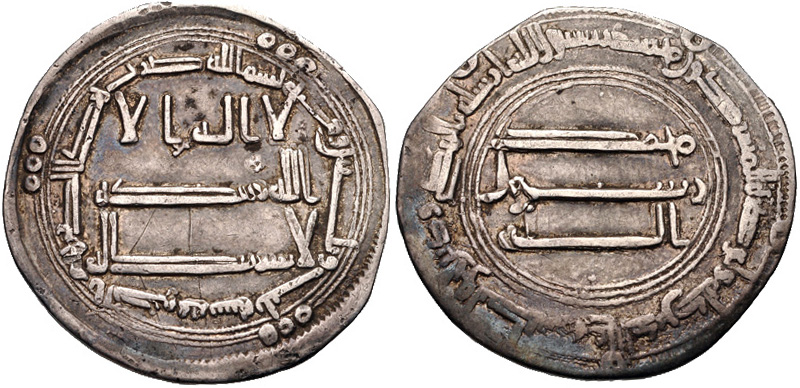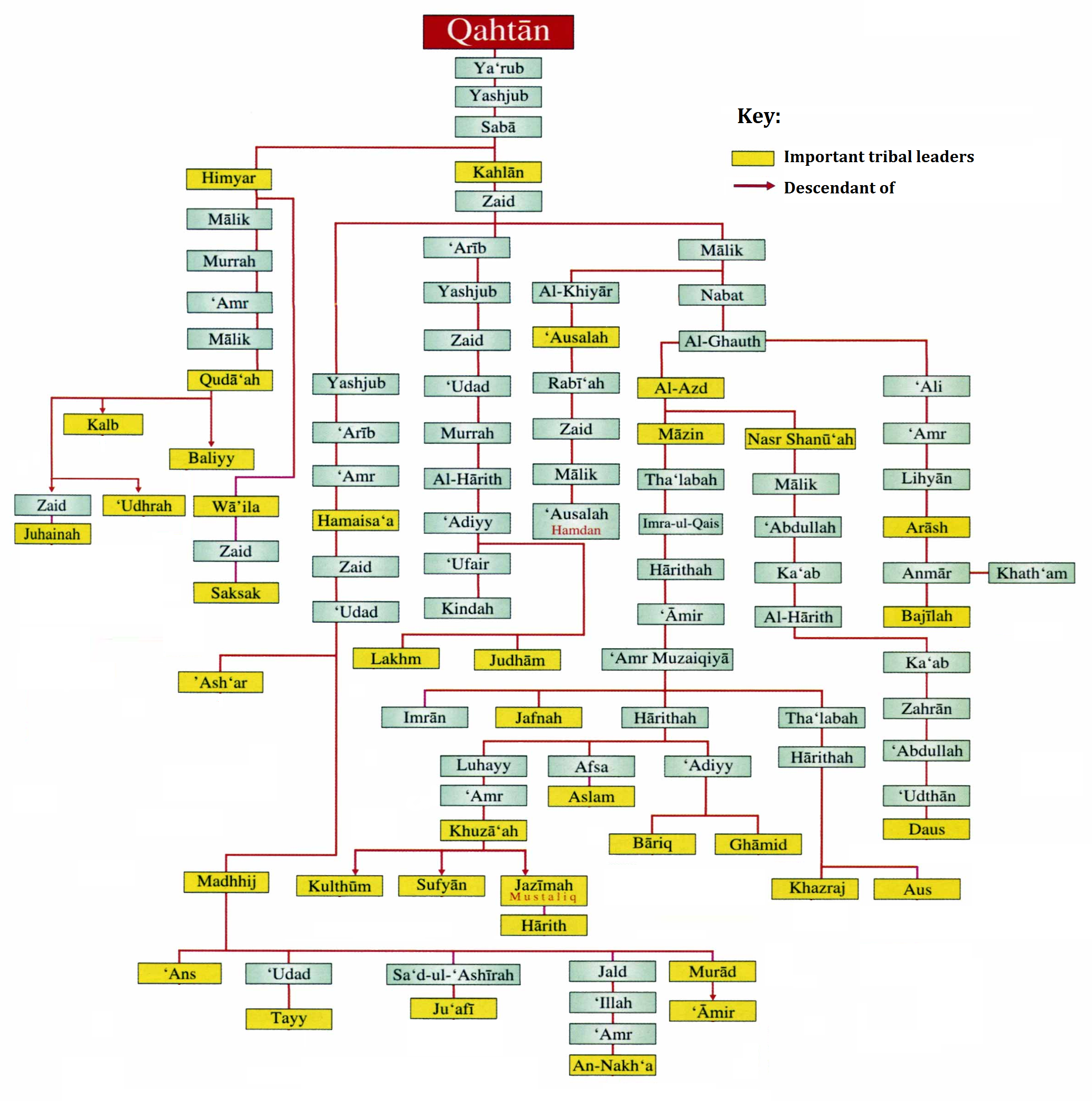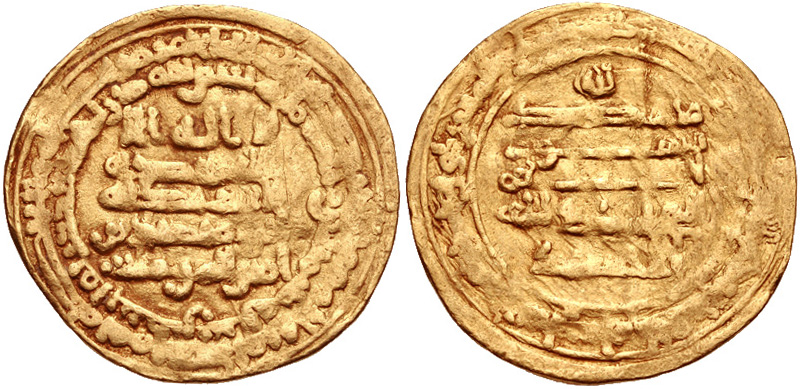|
Umayr Ibn Al-Walid
Umayr ibn al-Walid al-Badhghisi al-Tamimi ( ar, عمير بن الوليد الباذغيسي التميمي) was an early ninth-century governor of Egypt for the Abbasid Caliphate, serving there from April 829 until he was killed while fighting an anti-tax rebellion a few months later. Career Umayr was appointed resident governor of Egypt in April 829 by Abu Ishaq (the future caliph al-Mu'tasim, r. 833–842) following the failure of the previous governor 'Isa ibn Yazid al-Juludi to defeat an uprising of the tribal Arabs in the Hawf district. Umayr quickly began preparing for a campaign against the Hawfis, although he suffered a setback when 'Abdallah ibn Hulays/Jalis, who had been sent to pacify the Qaysi Arabs, defected to their side instead. Despite this, he set out from al-Fustat with his troops and the former governor 'Isa, leaving his son Muhammad in charge in his absence. The rebels, for their part, were met by envoys sent by the caliph al-Ma'mun Abu al-Abbas A ... [...More Info...] [...Related Items...] OR: [Wikipedia] [Google] [Baidu] |
Egypt In The Middle Ages
Following the Islamic conquest in 639, Lower Egypt was ruled at first by governors acting in the name of the Rashidun Caliphs and then the Umayyad Caliphs in Damascus, but in 747 the Umayyads were overthrown. Throughout Islamic rule, Askar was named the capital and housed the ruling administration. The conquest led to two separate provinces all under one ruler: Upper and Lower Egypt. These two very distinct regions were governed by the military and followed the demands handed down by the governor of Egypt and imposed by the heads of their communities. Egypt was ruled by many dynasties from the start of Islamic control in 639 until the early 16th century. The Umayyad period lasted from 658 to 750. The Abbasid period which came after was much more focused on taxes and centralizing power. In 868, the Tulunids, ruled by Ahmad ibn Tulun, expanded Egypt's territory into the Levant. He would rule until his death in 884. After years of turmoil under Ahmad ibn Tulun's successor, ma ... [...More Info...] [...Related Items...] OR: [Wikipedia] [Google] [Baidu] |
Abbasid Caliphate
The Abbasid Caliphate ( or ; ar, الْخِلَافَةُ الْعَبَّاسِيَّة, ') was the third caliphate to succeed the Islamic prophet Muhammad. It was founded by a dynasty descended from Muhammad's uncle, Abbas ibn Abdul-Muttalib (566–653 CE), from whom the dynasty takes its name. They ruled as caliphs for most of the caliphate from their capital in Baghdad in modern-day Iraq, after having overthrown the Umayyad Caliphate in the Abbasid Revolution of 750 CE (132 AH). The Abbasid Caliphate first centered its government in Kufa, modern-day Iraq, but in 762 the caliph Al-Mansur founded the city of Baghdad, near the ancient Babylonian capital city of Babylon. Baghdad became the center of science, culture and invention in what became known as the Golden Age of Islam. This, in addition to housing several key academic institutions, including the House of Wisdom, as well as a multiethnic and multi-religious environment, garnered it a worldwide reputation as the ... [...More Info...] [...Related Items...] OR: [Wikipedia] [Google] [Baidu] |
Al-Mu'tasim
Abū Isḥāq Muḥammad ibn Hārūn al-Rashīd ( ar, أبو إسحاق محمد بن هارون الرشيد; October 796 – 5 January 842), better known by his regnal name al-Muʿtaṣim biʾllāh (, ), was the eighth Abbasid caliph, ruling from 833 until his death in 842. A younger son of Caliph Harun al-Rashid (r. 786–809), he rose to prominence through his formation of a private army composed predominantly of Turkic slave-soldiers (, sing. ). This proved useful to his half-brother, Caliph al-Ma'mun, who employed al-Mu'tasim and his Turkish guard to counterbalance other powerful interest groups in the state, as well as employing them in campaigns against rebels and the Byzantine Empire. When al-Ma'mun died unexpectedly on campaign in August 833, al-Mu'tasim was thus well placed to succeed him, overriding the claims of al-Ma'mun's son al-Abbas. Al-Mu'tasim continued many of his brother's policies, such as the partnership with the Tahirids, who governed Khurasan and Baghda ... [...More Info...] [...Related Items...] OR: [Wikipedia] [Google] [Baidu] |
'Isa Ibn Yazid Al-Juludi
Isa ibn Yazid al-Juludi ( ar, عيسى بن يزيد الجلودي) was a ninth century military commander for the Abbasid Caliphate. He twice served as governor of Egypt, from 827 to 829 and again from 829 to 830. Early career In al-Tabari's chronicle, Isa first appears in 813, near the end of civil war between the rival caliphs al-Amin (r. 809–813) and al-Ma'mun (r. 813–833), as one of the individuals in al-Amin's entourage. Following al-Amin's execution in September 813, Isa entered into the service of al-Hasan ibn Sahl, who had been appointed by al-Ma'mun as governor of Baghdad, and over the next several years he participated in the struggle to maintain al-Ma'mun's authority in the central lands of the caliphate. In 815 Isa was dispatched, together with Warqa' ibn Jamil, Hamdawayh ibn Ali, and Harun ibn al-Musayyab, to recapture Mecca, Medina and the Yemen, which had fallen to Alid rebels. Warqa' and Isa's forces advanced against Mecca and, after linking up with t ... [...More Info...] [...Related Items...] OR: [Wikipedia] [Google] [Baidu] |
Arabs
The Arabs (singular: Arab; singular ar, عَرَبِيٌّ, DIN 31635: , , plural ar, عَرَب, DIN 31635, DIN 31635: , Arabic pronunciation: ), also known as the Arab people, are an ethnic group mainly inhabiting the Arab world in Western Asia, North Africa, the Horn of Africa, and the western List of islands in the Indian Ocean, Indian Ocean islands (including the Comoros). An Arab diaspora is also present around the world in significant numbers, most notably in the Americas, Western Europe, Arabs in Turkey, Turkey, Arab Indonesians, Indonesia, and Iranian Arabs, Iran. In modern usage, the term "Arab" tends to refer to those who both Arab identity, carry that ethnic identity and speak Arabic as their native language. This contrasts with the narrower traditional definition, which refers to the descendants of the tribes of Arabia. The religion of Islam was developed in Arabia, and Classical Arabic serves as the language of Islamic literature. 93 percent of Arabs are Muslims ... [...More Info...] [...Related Items...] OR: [Wikipedia] [Google] [Baidu] |
Adnan
Adnan ( ar, عدنان, 'adnān) is the traditional ancestor of the Adnanite Arabs of Northern, Western, Eastern and Central Arabia, as opposed to the Qahtanite Arabs of Southern Arabia who descend from Qahtan. His ancestry can be traced back to Abraham and from there to Adam and Noah. Origin According to tradition, Adnan is the father of a group of the Ishmaelite Arabs who inhabited West and Northern Arabia; he is a descendant of Ishmael, son of Abraham. Adnan is believed by genealogists to be the father of many Ishmaelite tribes along the Western coast of Arabia, Northern Arabia and Iraq. Many family trees have been presented by Adnan, which did not agree about the number of ancestors between Ishmael and Adnan but agreed about the names and number of the ancestors between Adnan and the Islamic prophet Muhammad. The overwhelming majority of traditions and Muslim scholars state that Adnan is a descendant of Qedar the son of Ishmael, except for Ibn Ishaq who claimed th ... [...More Info...] [...Related Items...] OR: [Wikipedia] [Google] [Baidu] |
Fustat
Fusṭāṭ ( ar, الفُسطاط ''al-Fusṭāṭ''), also Al-Fusṭāṭ and Fosṭāṭ, was the first capital of Egypt under Muslim rule, and the historical centre of modern Cairo. It was built adjacent to what is now known as Old Cairo by the Rashidun Muslim general 'Amr ibn al-'As immediately after the Muslim conquest of Egypt in AD 641, and featured the Mosque of Amr, the first mosque built in Egypt. The city reached its peak in the 12th century, with a population of approximately 200,000.Williams, p. 37 It was the centre of administrative power in Egypt, until it was ordered burnt in 1168 by its own vizier, Shawar, to keep its wealth out of the hands of the invading Crusaders. The remains of the city were eventually absorbed by nearby Cairo, which had been built to the north of Fustat in 969 when the Fatimids conquered the region and created a new city as a royal enclosure for the Caliph. The area fell into disrepair for hundreds of years and was used as a rubbish dump ... [...More Info...] [...Related Items...] OR: [Wikipedia] [Google] [Baidu] |
Al-Ma'mun
Abu al-Abbas Abdallah ibn Harun al-Rashid ( ar, أبو العباس عبد الله بن هارون الرشيد, Abū al-ʿAbbās ʿAbd Allāh ibn Hārūn ar-Rashīd; 14 September 786 – 9 August 833), better known by his regnal name Al-Ma'mun ( ar, المأمون, al-Maʾmūn), was the seventh Abbasid caliph, who reigned from 813 until his death in 833. He succeeded his half-brother al-Amin after a civil war, during which the cohesion of the Abbasid Caliphate was weakened by rebellions and the rise of local strongmen; much of his domestic reign was consumed in pacification campaigns. Well educated and with a considerable interest in scholarship, al-Ma'mun promoted the Translation Movement, the flowering of learning and the sciences in Baghdad, and the publishing of al-Khwarizmi's book now known as "Algebra". He is also known for supporting the doctrine of Mu'tazilism and for imprisoning Imam Ahmad ibn Hanbal, the rise of religious persecution ('' mihna''), and for the resum ... [...More Info...] [...Related Items...] OR: [Wikipedia] [Google] [Baidu] |
Qahtanite
The terms Qahtanite and Qahtani ( ar, قَحْطَانِي; Arabic transliteration, transliterated: Qaḥṭānī) refer to Arab people, Arabs who originate from South Arabia. The term "Qahtan" is mentioned in multiple ancient Arabian inscriptions found in Yemen. Arab traditions believe that they are the original Arabs. Traditional Arab genealogy According to Arab tradition, the Qahtanites are from South Arabia, unlike the Adnanites who are from the north of Arabia descended from Ishmael through Adnan. "The 'arabized or arabizing Arabs', on the contrary, are believed to be the descendants of Ishmael through Adnan, but in this case the genealogy does not match the Biblical line exactly. The label 'arabized' is due to the belief that Ishmael spoke Hebrew until he got to Mecca, where he married a Yemeni woman and learnt Arabic. Both genealogical lines go back to Sem, son of Noah, but only Adnanites can claim Abraham as their ascendant, and the lineage of Mohammed, the Seal of Proph ... [...More Info...] [...Related Items...] OR: [Wikipedia] [Google] [Baidu] |
List Of Governors Of Islamic Egypt
Governors of Arab Egypt (640–1250) and Mamluk Egypt (1250–1517). For other periods, see the list of rulers of Egypt. Rashidun Caliphate (640–658) Umayyad Caliphate (659–750) Dates taken from John Stewart's ''African States and Rulers'' (2005). Abbasid Caliphate (750–969) Governors during the first Abbasid period (750–868) Dates taken from John Stewart's ''African States and Rulers'' (2005). Autonomous emirs of the Tulunid dynasty (868–905) Dates taken from John Stewart's ''African States and Rulers'' (2005). Governors during the second Abbasid period (905–935) Dates taken from John Stewart's ''African States and Rulers'' (2005). Autonomous emirs of the Ikhshidid dynasty (935–969) Dates taken from John Stewart's ''African States and Rulers'' (2005). Fatimid Dynasty (969–1171) Dates for Caliphs taken from John Stewart's ''African States and Rulers'' (2005). Ayyubid Sultanate (1171–1252) Dates taken from John Stewart's ''African States an ... [...More Info...] [...Related Items...] OR: [Wikipedia] [Google] [Baidu] |
Isa Ibn Yazid Al-Juludi
Isa ibn Yazid al-Juludi ( ar, عيسى بن يزيد الجلودي) was a ninth century military commander for the Abbasid Caliphate. He twice served as governor of Egypt, from 827 to 829 and again from 829 to 830. Early career In al-Tabari's chronicle, Isa first appears in 813, near the end of civil war between the rival caliphs al-Amin (r. 809–813) and al-Ma'mun (r. 813–833), as one of the individuals in al-Amin's entourage. Following al-Amin's execution in September 813, Isa entered into the service of al-Hasan ibn Sahl, who had been appointed by al-Ma'mun as governor of Baghdad, and over the next several years he participated in the struggle to maintain al-Ma'mun's authority in the central lands of the caliphate. In 815 Isa was dispatched, together with Warqa' ibn Jamil, Hamdawayh ibn Ali, and Harun ibn al-Musayyab, to recapture Mecca, Medina and the Yemen, which had fallen to Alid rebels. Warqa' and Isa's forces advanced against Mecca and, after linking up with th ... [...More Info...] [...Related Items...] OR: [Wikipedia] [Google] [Baidu] |

.jpg)





